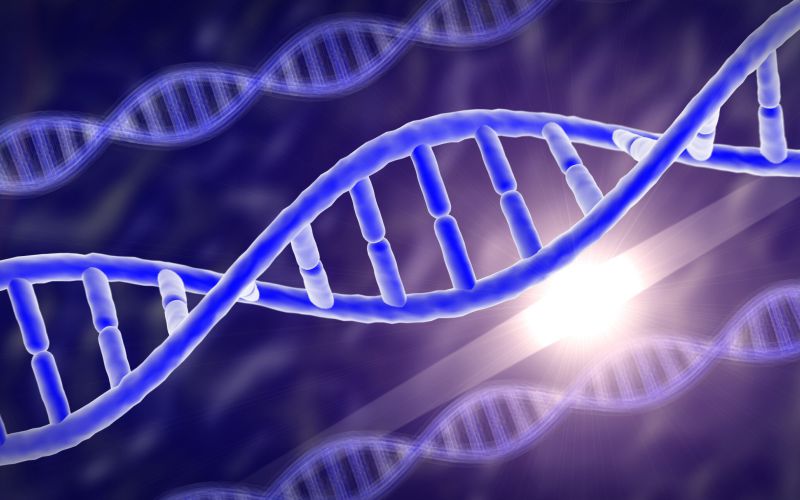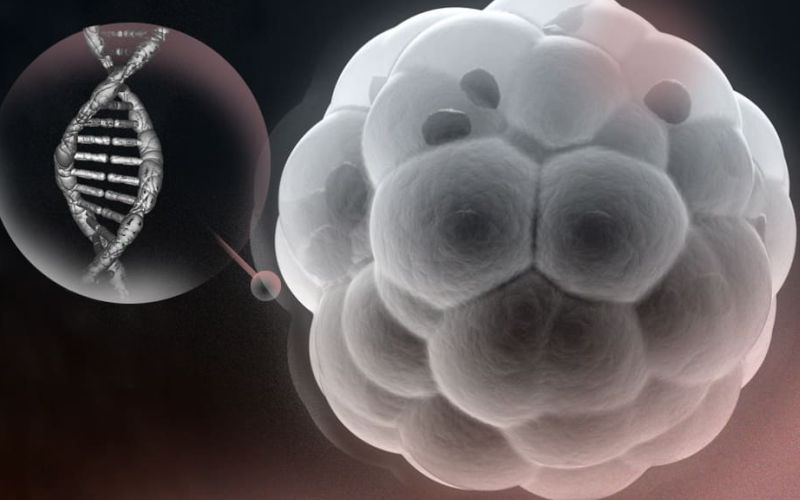What is PGT-M?
previously known as preimplantation genetic diagnosis (PGD), can be used with IVF to test for rare genetic conditions, such as Sickle Cell Anaemia. Patients then have the choice of only placing healthy embryos into the womb.
Because the embryos need to be tested in a lab, you will need to have IVF, even if you and your partner have no fertility problems.
Embryos which have been tested and are free of the condition will be placed back into your womb to hopefully continue to develop. The embryo can either be transferred two to six days after being created (ie, a fresh embryo transfer)or frozen and transferred at a later date.

What is PGT-A?

PGT-A is mostly used in cases where women have had several miscarriages or failed IVF cycles and want to test their embryos for problems which might lead to another failed treatment. It can also be used to check embryos for chromosome problems.
It involves checking embryos created by in vitro fertilisation (IVF) or intracytoplasmic sperm injection (ICSI) for abnormalities in the number of chromosomes. PGT-A doesn’t check for specific genetic diagnoses.
Older women are more likely to have eggs with the wrong number of chromosomes, so traditionally it’s been offered to women over 37. Abnormal chromosomes are thought to be the main reason why older women have difficulties conceiving and are more likely to have a miscarriage or a baby with Down’s Syndrome.
During PGT-A, a single cell or a small number of cells is removed from the embryo. The DNA of these cells is then tested to see whether they have any chromosomal abnormalities. Only embryos without chromosomal abnormalities are placed back in the womb.



